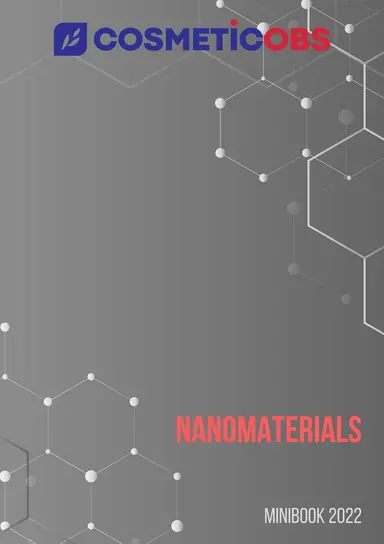Since the Cosmetics Regulation 1223/2009 established very specific rules for them, sometimes even before their implementation is concretely possible, nanomaterials are still a source of questioning, regulatory headaches, practical problems, interpretation discrepancies, and even uncertainties about the reality of their nano nature…
Multiple declarations, European notification, safety assessment, labelling, characterization, definition(s)… many of the steps required to properly manage nano cosmetic ingredients are still in clear and unclear areas, making each decision an arduous process with uncertain success.
And yet, these ingredients are very difficult to avoid completely, as they are sometimes unavoidable in certain product categories (UV-filters in sun protection products), and they can also be present in formulas without being really desired (titanium dioxide in toothpaste, powder pigments in makeup)…
However, today, only five of them have been included in the annexes of the Cosmetics Regulation, which ensures their (more) simple and safe use!
This Minibook provides an overview of what you need to know about nano-ingredients, the obligations associated with them, the procedures to follow and the best ways to identify them.
The author
A graduate of the School of Journalism in Lille, Laurence Wittner is a freelance journalist specializing in the field of cosmetics. Co-founder of Monitor Cosmetics, she is the editor-in-chief of its supports.
Minibook 2022 “Nanomaterials”, english version, L’Observatoire des Cosmétiques’ edition (Avril 2022), 21 pages (ISBN : 979-10-92544-95-4), PDF format (2,1 Mo).


